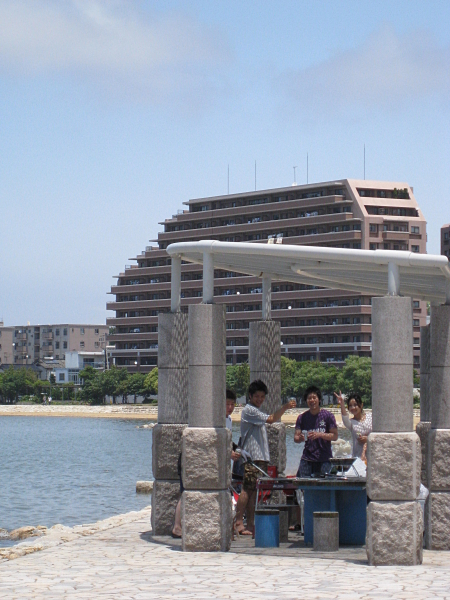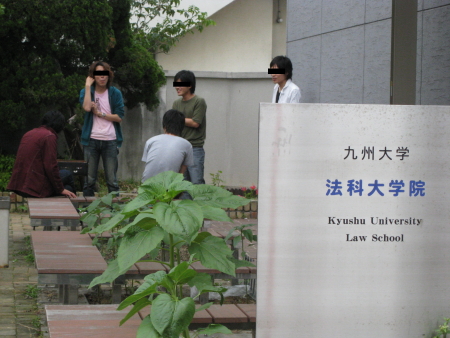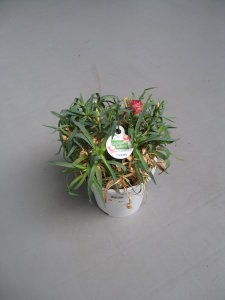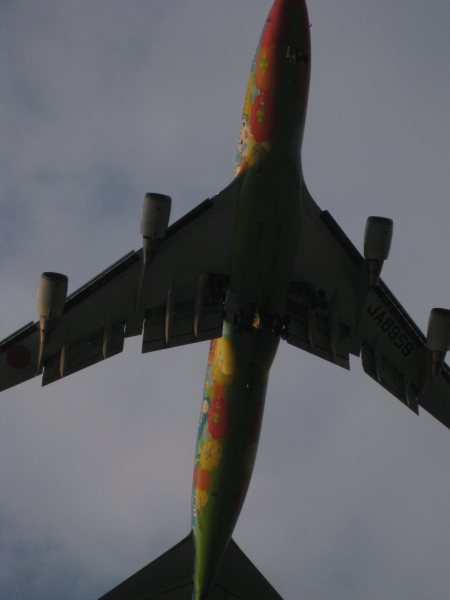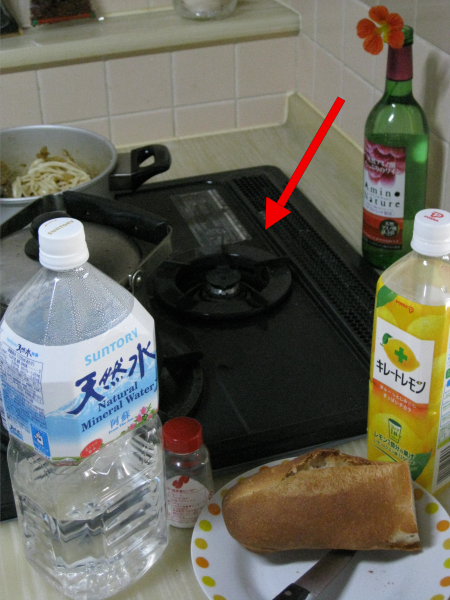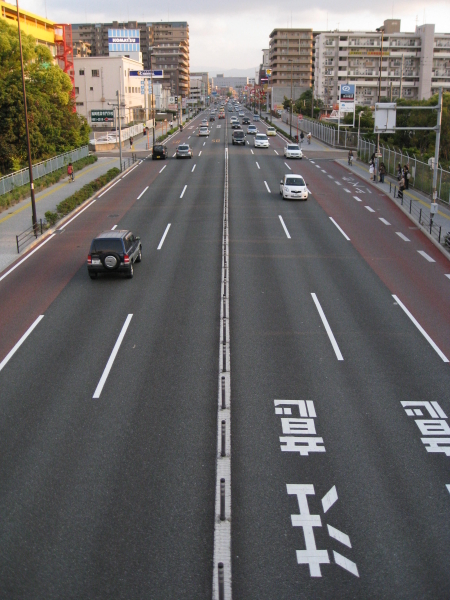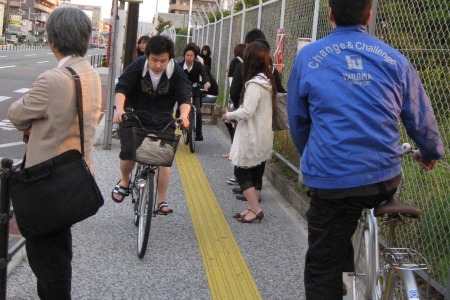just waste
Thursday, June 26th, 2008
“Die Toteninsel im Nebel”, artwork by Justin Hoffmann
This is an update post to a previous post about a nuclear dump site near San Francisco. I will discuss in this post here a possible relation to an increased risk of cancer near San Francisco.
Due to the alarming results of the IPCC study concerning the world climate the discussions about using nuclear energy got a new boost. An often heard argument is that nuclear energy is relatively safe and that nuclear fission is a fairly well tested technology.
This is not true.
First the old technology is not as safe as assumed, as pointed out e.g. in this study. And secondly and more important: future use of fissile techology would make rather new and untested (and on average more dangerous) techologies necessary, namely the technologies of BREEDER REACTORS. (please see this randform post (and the therein cited other randform posts) for details)
Why? – because with the nowadays conventional commercial use of nuclear energy the Uran sources will be finished in about 60 years.
In this post I also gave a rough outlook on how an increased demand of nuclear energy (which accounts nowadays for about 6 percent of the total worldwide energy consumption) by a factor of ten would change the world.
– One may infer that a factor ten is too big since it would mean that 60 % of nowadays worldwide energy consumption would be covered by nuclear energy, however given the general increase of energy consumption this portion will shrink very fast and will still leave us with about 4000 new nuclear power plants (instead of nowadays about 450).
And these are nuclear power plants in a rather untested technology as pointed out above.
Likewise the nuclear waste problem is accumulating over the years- means if the waste per year is ten times more than before it will be in ten years 100 times more than in the initial year.
And nuclear waste is longterm problem.
An example:
In this randform post a considerably small nuclear waste problem (an old nuclear dump site near San Francisco) was mentioned which may have affected the lives of people.
I looked into this example a bit more.
If there is an environmental cause for an increased cancer mortality rate it is not far fetched to assume that there should probably be also an increased childhood Leukemia mortality rate (especially given the above mentioned study about childhood leukemia). So I looked wether I could find something there. However there is a study carried out mainly by the Center for Occupational and Environmental Health which says:
A simple and direct analysis of the spatial distribution of childhood leukemia was performed using geographic data from a large case/control study. The data consists of cases of childhood leukemia and their corresponding birth cohort controls located in seven San Francisco Bay Area counties. Both parametric and randomization analyses show no evidence of a non-random spatial pattern of childhood leukemia among six of these counties….
So the study found no spatial pecularities, i.e. no increased risk of childhood Leukemia in Marin County. Based on geographical data using GPS:
…the latitude and longitude coordinates were mathematically transformed so that
distance is measured in kilometers; that is, a new Cartesian
coordinate system was established in kilometers relative to
the latitude and longitude point (37.5, ± 122.5). Nearest
neighbor distances were then calculated to compare
statistically the spatial patterns of cases and controls.
So with statistical methods nearest neighbour mean distances between living locations of sick children (case/case pairs) and sick/nonsick children (non-case/case) where compared where
When no spatial pattern exists, the mean nearest
neighbor distances calculated from case/case and non-
case/case pairs are expected to be equal and the frequency
of the case/case pairs is expected to be equal to a known
value that depends only on the number of cases and
controls sampled.
If I understood correctly the statistical techniques used in the study are based to a great extend to techniques listed in this article.
I currently do not have the time to look into all the details but what I find important to mention is that the study (if I understood correctly) compared a total number of 12 (case+non-case/control) observations in Marin county. (In all the counties 333 observations).
The Northern California Cancer Center has a quite well documented archive of cancer statistics, which is publicly available to some extend and I looked briefly into it. Unfortunately spatial differences in cancer occurence are only listed since the year 2000.
But to my worry: on a first glance (which is just a suspect and NO statistical analysis!) one CAN actually observe spatial pecularities for Marin county, i.e. the five year death counts of cancer for Marin county seem to be increased for : skin cancer, the already mentioned breast cancer and Leukemia (where no difference between adult/non-adult had been made). (I looked only at death counts in order to avoid errors from over-diagnostization).
This means on the other hand: If this first glance would turn out to be of statistical significance than an environmental cause is rather likely.
Looking at the statistics it is clear that the local pecularities of cancer mortality rates for e.g. liver cancer (probably due to too much drinking) or Karpozy Sarkoma (due to Aids) in San Francisco look much more dramatic than the local pecularities of Marin County – just already by the sheer size of death cases. However for the individual case this is no consolation.
Concluding: this “small” waste problem (if I understood correctly the authorities see NO problem) MAY have had already quite dramatic consequences.
This tells us what?
IF it would turn out that there is a nuclear waste problem in Marin County (I again emphasize, what I found are only loose suspects) then just extrapolate this for the to be expected nuclear waste problems (see above) and how authorities would deal with them.
But apart from this – lets put it that way: I wouldnt necessarily swim in Marin county waters anymore until this question hadn’t been thoroughly examined.
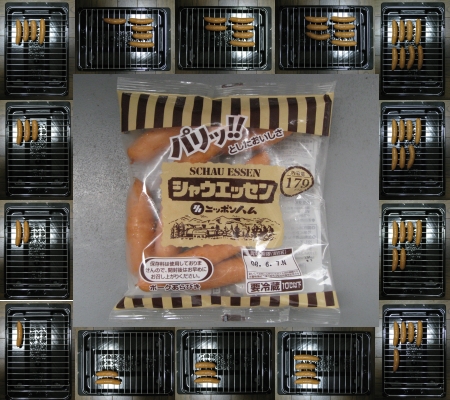 ”Immer wieder la
”Immer wieder la 